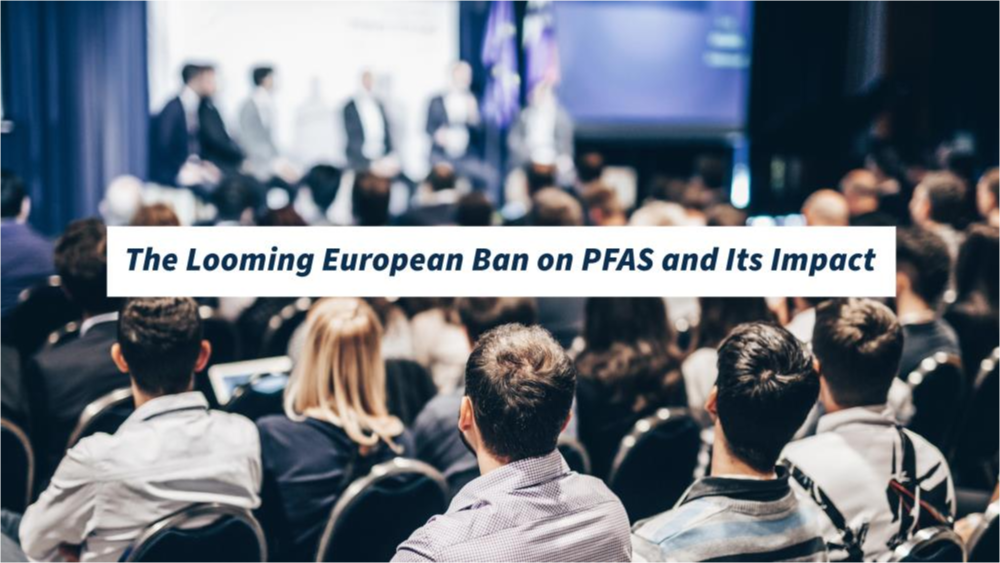Recent months have witnessed a significant controversy unfolding in Europe, setting industry against government and carrying far-reaching implications for sectors served by Mueller Corporation. At the heart of this dispute lies the proposed ban on per- and polyfluoroalkyl substances (PFAS), a category of chemicals encompassing the well-known brand name Teflon. The European Commission (EC) contends that PFAS compounds, due to their persistence, potential toxicity, and bioaccumulative nature, pose risks to the environment and human health. This proposal has ignited intense debates, with numerous companies expressing concerns about its potential consequences.
The Impact on Mueller’s Industries
Mueller Corporation operates within industries where PFAS-based coatings, epitomized by Teflon, have long been the favored choice, thanks to their exceptional properties. From aerospace to industrial manufacturing, these coatings have played a pivotal role in enhancing product performance, durability, and resistance to extreme conditions. However, with the looming ban on PFAS, industries reliant on these coatings are now compelled to explore alternative solutions.
Why Teflon Became a Popular Choice
Teflon, renowned for its non-stick and heat-resistant qualities, has been a staple across diverse applications. Its popularity is rooted in its ability to reduce friction, withstand high temperatures, and offer superb chemical resistance. These properties have made it the ideal choice for everything from cookware to aerospace components.
Cerakote: A High-Quality Alternative
Amidst the discussions surrounding the PFAS ban, a high-quality alternative is gaining traction: Cerakote. This innovative ceramic spray finish offers a durable, heat-resistant, and chemically inert surface layer, making it a compelling replacement for industries grappling with the need for PFAS-free solutions. Cerakote’s capacity to enhance component performance and longevity has garnered well-deserved attention.
What Makes Ceramic Coatings Better?
In contrast, ceramic coatings, like Cerakote, comprise inorganic materials, primarily ceramics formed by heating natural clay minerals. These coatings excel in delivering durability, heat resistance, and corrosion protection, making them ideal for various industrial applications. Although both PTFE and ceramic coatings provide exceptional non-stick and heat-resistant properties, they differ in chemical composition and characteristics. PTFE is a polymer, while ceramic coatings are ceramics. Cerakote shines in applications requiring extreme temperature resistance, abrasion resistance, and exceptional hardness, catering especially to specialized industries like aerospace and defense.
Ceramic Spray Finishes vs. PTFE Finishes: Commonalities and Differences
While both ceramic spray finishes like Cerakote and PTFE (Teflon) coatings serve industries with their exceptional properties, distinctions arise. Both offer heat resistance, chemical inertness, and durability. However, Cerakote, being a ceramic spray finish, excels where extreme temperatures, abrasion resistance, and corrosion protection are paramount. Its unique bonding capabilities with various substrates and resilience in high-temperature environments render it a versatile solution. Moreover, Cerakote remains unaffected by the proposed PFAS ban, positioning itself as a sustainable, long-term choice for industries seeking dependable coating alternatives.
Conclusion
In a landscape shaped by regulations and environmental concerns, Mueller Corporation continues to lead with cutting-edge coating solutions. Whether adapting to new regulations or pioneering innovative alternatives like Cerakote, Mueller’s unwavering commitment to quality and performance safeguards its clients’ interests while ushering in a new era of coating excellence. As discussions evolve and regulations solidify, the transition from PFAS coatings to alternatives like Cerakote represents a pivotal moment for industries, underscoring the significance of adaptability and innovation in an ever-changing world.





